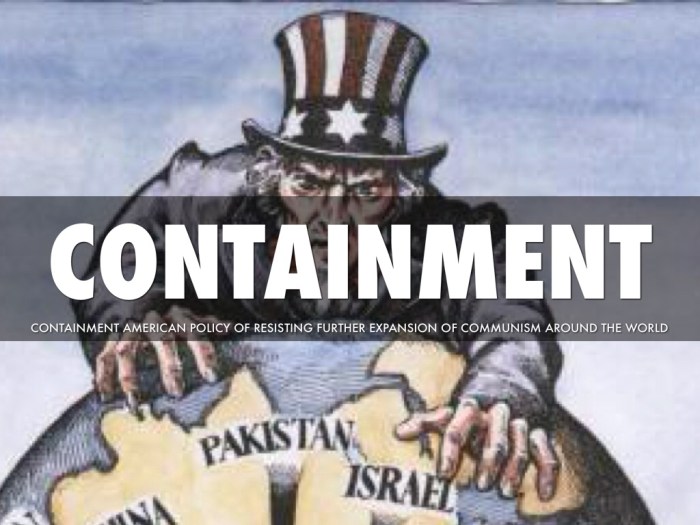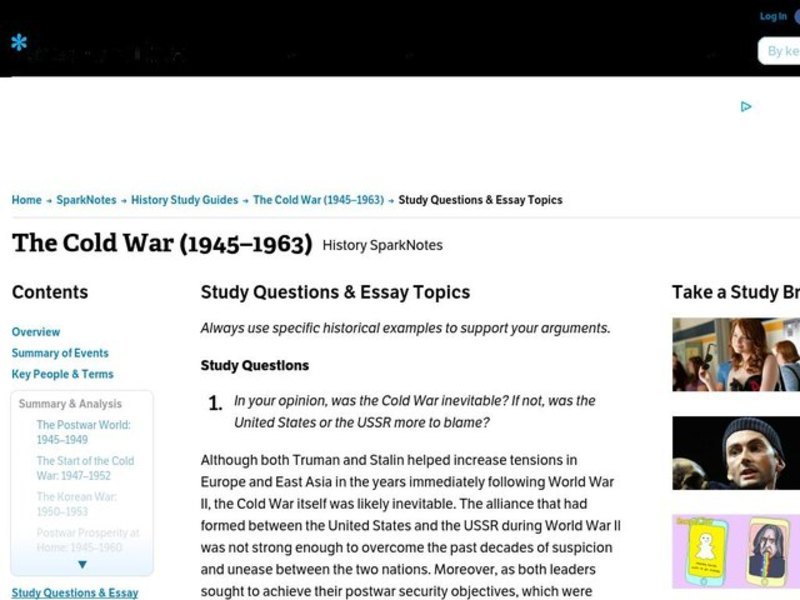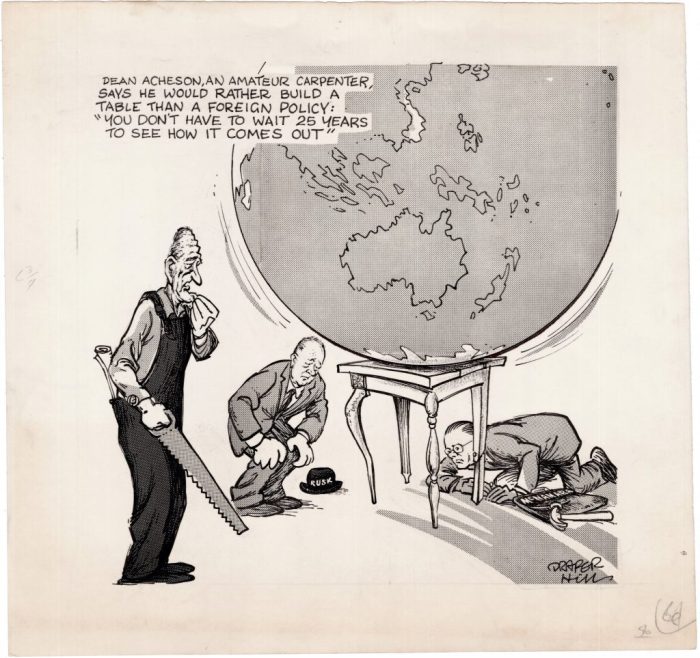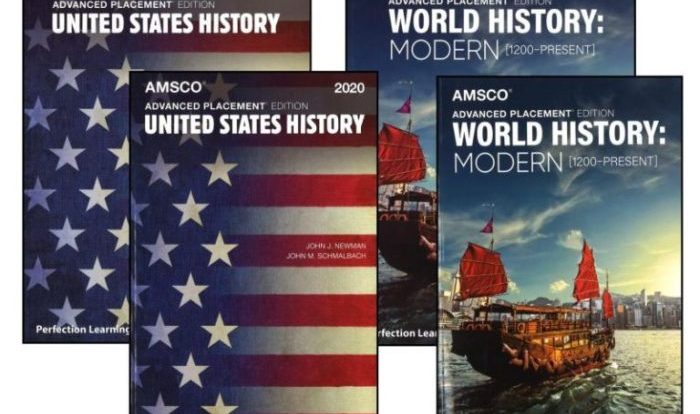Embark on a comprehensive journey through the Cold War and containment worksheet answers, a topic of profound historical significance that shaped the global landscape. This guide unravels the intricate web of events, policies, and challenges that characterized this pivotal era, providing a deep understanding of its impact on international relations and the world as we know it today.
The Cold War, a period of heightened tension and ideological conflict between the United States and the Soviet Union, played a defining role in shaping the 20th century. Containment, a strategy adopted by the US to prevent the spread of communism, became a cornerstone of American foreign policy during this time.
This worksheet explores the origins, key elements, limitations, and regional manifestations of containment, shedding light on its profound impact on the global balance of power and the legacy it left behind.
1. Historical Context of the Cold War

The Cold War was a period of intense geopolitical rivalry between the United States and the Soviet Union, marked by ideological conflict and the absence of direct military confrontation. Its origins can be traced to the aftermath of World War II and the division of Europe into Soviet-controlled Eastern Europe and Western Europe under US influence.
The ideological differences between the US and the USSR were profound. The US championed capitalism, democracy, and individual rights, while the USSR espoused communism, a one-party state, and a centrally planned economy. These conflicting ideologies led to a global struggle for influence and the formation of alliances.
Timeline of Major Events, The cold war and containment worksheet answers
- 1945: Potsdam Conference
- 1947: Truman Doctrine
- 1948: Marshall Plan
- 1949: NATO established
- 1950-1953: Korean War
- 1955: Warsaw Pact established
- 1961: Berlin Wall built
- 1962: Cuban Missile Crisis
- 1972: SALT I treaty
- 1985: Gorbachev becomes Soviet leader
- 1989: Berlin Wall falls
- 1991: Soviet Union dissolves
2. Containment Policy: The Cold War And Containment Worksheet Answers
Containment was the US strategy to prevent the spread of communism beyond its existing borders. It aimed to create a buffer zone of non-communist states to isolate the USSR and its allies.
The Truman Doctrine, announced in 1947, declared that the US would support free peoples resisting communist expansion. The Marshall Plan, launched in 1948, provided economic aid to Western Europe to strengthen its economies and resist communist influence.
Containment had a profound impact on US foreign policy, shaping its involvement in conflicts such as the Korean War and Vietnam War.
3. Key Elements of Containment
Military alliances were crucial to containment. NATO, established in 1949, was a defensive alliance between the US and Western European countries. The Warsaw Pact, established in 1955, was a similar alliance between the USSR and Eastern European states.
Economic aid and covert operations were also important tools of containment. The US provided financial and technical assistance to non-communist countries to promote economic development and political stability. Covert operations, such as CIA-backed coups, were used to overthrow communist governments.
Propaganda and psychological warfare were used to shape public opinion and undermine communist ideology.
4. Limitations and Challenges of Containment

Containment faced several limitations and challenges. Nuclear weapons made direct military confrontation between the superpowers too risky. Decolonization and the rise of the Third World created new challenges for containment, as newly independent nations often sought non-alignment.
The Vietnam War was a major setback for containment, demonstrating the limits of US military power and the resilience of communist movements.
5. Regional Manifestations of Containment
Containment had a significant impact on regional conflicts around the world. The Korean War (1950-1953) and Vietnam War (1955-1975) were proxy wars between the US and the USSR. The Cuban Missile Crisis (1962) brought the world to the brink of nuclear war.
Covert operations were used to overthrow communist governments in Guatemala (1954), Iran (1953), and Chile (1973).
6. Impact of Containment on the World

Containment had a profound impact on the global balance of power. It prevented the spread of communism beyond its existing borders and helped to shape the post-World War II world.
The Cold War superpowers emerged as the dominant global powers, shaping international relations for decades. The legacy of containment continues to be debated, with some arguing that it was a successful strategy that prevented a global communist takeover, while others contend that it led to unnecessary conflicts and tensions.
Answers to Common Questions
What were the key ideological differences between the United States and the Soviet Union during the Cold War?
The United States embraced capitalism, democracy, and individual freedoms, while the Soviet Union espoused communism, a centrally planned economy, and a one-party state.
How did the Truman Doctrine and the Marshall Plan contribute to the containment policy?
The Truman Doctrine pledged US support to countries threatened by communist expansion, while the Marshall Plan provided economic aid to Western Europe to rebuild after World War II, preventing the spread of communism.
What were the limitations of the containment policy?
Containment faced challenges such as nuclear proliferation, decolonization, and the rise of the Third World, which complicated the US’s ability to maintain global influence.

